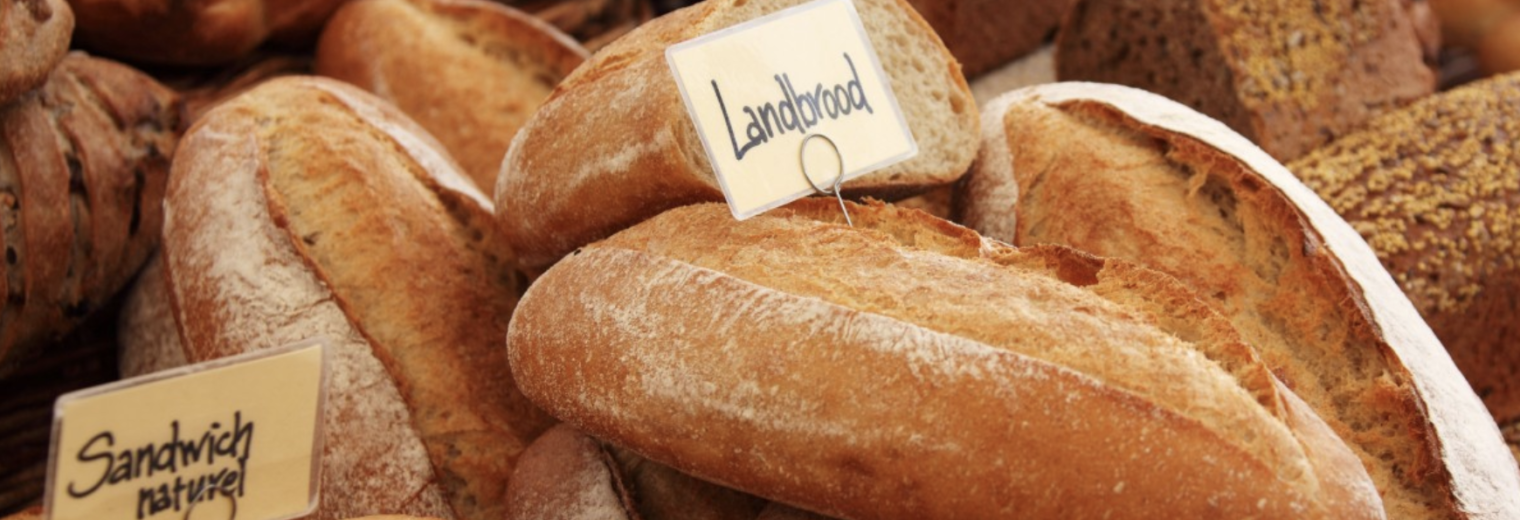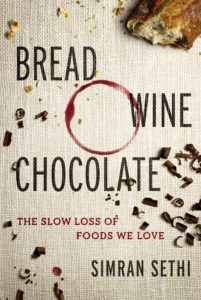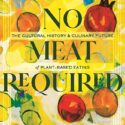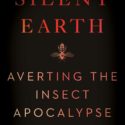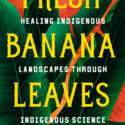Bread, Wine, Chocolate: The Slow Loss of Foods We Love—part memoir of a journey to six continents in pursuit of delicious and endangered tastes, part investigation of the loss of biodiversity from soil to plate—tells the story of what we are losing, how we are losing it, and the inspiring people and places that are bringing back the foods we love. In the last century, we have lived—and eaten—through the most dramatic shifts ever experienced in food and agriculture. The changes are insidious: buried in the soil, tucked in beehives, and hidden in cattle feedlots. While much of this remains unseen, what we do know is that food is beginning to look and taste the same. Ninety-five percent of the world’s calories now come from merely 30 species, and a closer look at America’s cornucopia of grocery store options reveals that our foods are primarily made up of only corn, wheat, rice, palm oil and soybeans. Diverse foods all over the world are being replaced with monodiets of monocrops. Food itself, the most delicious, diverse varieties of food, is being lost slowly and irrevocably. But it doesn’t have to be this way.
Bread, Wine, Chocolate: The Slow Loss of Foods We Love
Praise for Bread, Wine, Chocolate
“Read this wonderful book and you will become immersed in the intricate worlds of no less than six (delicious) foods and drinks. But this is not really a book about food. Rather, it is about our relationships with the life forms that sustain us—and how we might learn to approach those relationships with far more love, compassion and good taste.”
– Naomi Klein, New York Times bestselling author of This Changes Everything and The Shock Doctrine“Simran Sethi’s book opens this world to a new generation by focusing on foods we think we know, but don’t. Bread, Wine, Chocolate helps us understand the richness of these foods and others, and why it is essential to preserve diversity if we wish to appreciate and fully benefit from such foods in the future. Readers of this book will both enjoy and be enlightened; many will even find their taste buds subtly changed by a new awareness of what they are really eating.”
– Cary Fowler, senior advisor to the Global Crop Diversity Trust and author of Shattering: Food, Politics, and the Loss of Genetic Diversity“We need more investigative journalists like Simran Sethi. She writes with a deep understanding of pleasure and taste to convey her urgent message—we must make uncompromising, purposeful choices when it comes to what we eat before it’s too late! Bread, Wine, Chocolate: The Slow Loss of Foods We Love is a loving call to action thatwe must heed.”
– Alice Waters, chef, author, and the proprietor of Chez Panisse
About the Author

Photo from: https://simransethi.com/
Simran Sethi is a journalist and an associate at the University of Melbourne’s Sustainable Society Institute and the former host of the PBS Quest series on science and sustainability. Her work has appeared on NBC Nightly News, PBS, Oprah, MSNBC, the History Channel, and NPR. She was the national environmental correspondent for NBC News, the anchor/writer of Sundance Channel’s first dedicated environmental programming, and the host of the Emmy Award-winning PBS documentary A School in the Woods. Follow Simran on Twitter: @simransethi and listen to Simran’s new podcast: The Slow Melt.
Real Food Reads Recipes
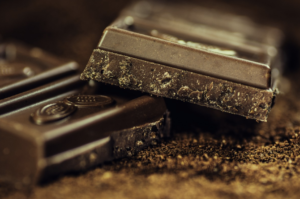 A Note from Simran: Rather than a recipe, I’d like to suggest a chocolate pairing as I detail how to taste bread, wine, coffee, chocolate and beer in the book.
A Note from Simran: Rather than a recipe, I’d like to suggest a chocolate pairing as I detail how to taste bread, wine, coffee, chocolate and beer in the book.
I suggest people find one maker they like (such as Domori, Rogue, Somerville Chocolate, Ritual) and select bars with the same amount of cocoa mass (ideally 70-80%). Then do a tasting with three origins from that one maker. I’d start with Ecuador and Peru (the center of origin for cacao) plus, Madagascar as a way to taste the differences in place and experience the taste of Ecuador I detail in the book. Vicente Norero’s cacao beans are grown in Ecuador and can be found in Soma, Rogue, Ritual and others’ bars from Ecuador. This is my favorite way to start the journey into chocolate. From there, you can explore different interpretations of one place through different makers or expand the places tasted through one maker.

